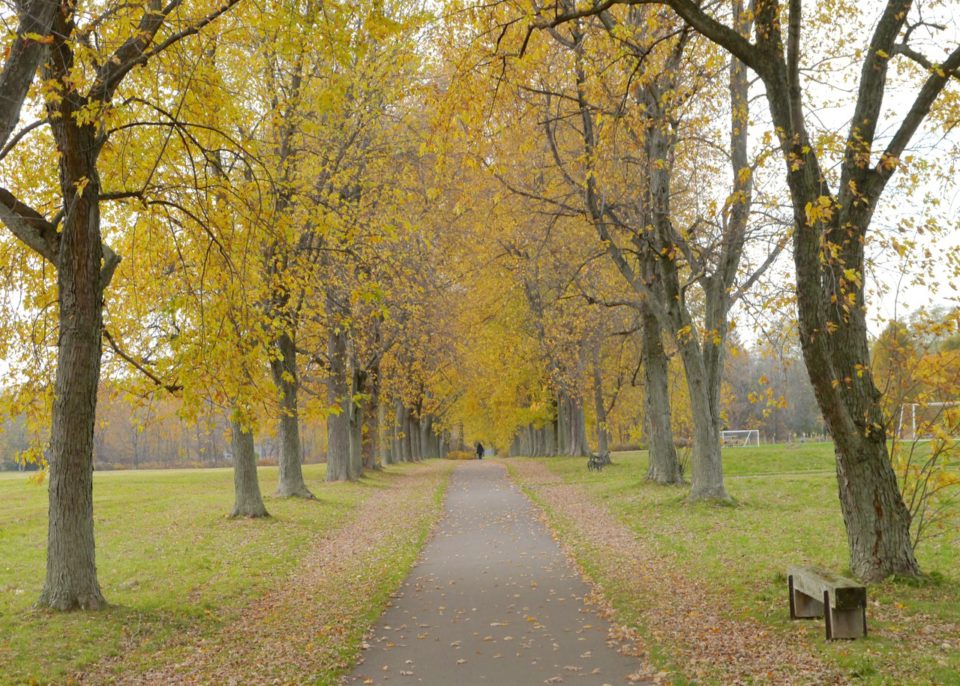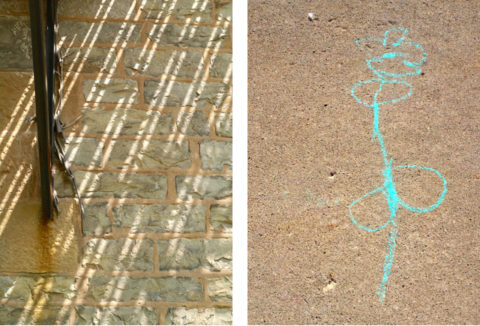
** Books mentioned have Amazon affiliate links, meaning I make a few cents if you purchase through my link. I only recommend books that I’ve read.
Almost every day, I get out for a contemplative photo walk. An hour is my ideal time; and that’s close to a 5K walk. However, the time doesn’t matter. What does matter is that I go out with no agenda, no destination. No problem to be resolved in my mind. It’s a contemplative practice; one where I focus my gaze and my breath on the world around me.
Contemplation is often confused with reflection. However, the two couldn’t be more different.
Reflection implies thought, usually about something that’s happened in the past or something that might happen in the future. Reflection has its place. The literal definition of contemplation is to “consider with attention.” It is not thinking, but rather experiencing life in a way that brings mind, body, and spirit together. Thoughts of the past or future disappear.
Stop looking and begin seeing. Looking means you already have something in mind for your eyes to find. But seeing is being open and receptive to what comes to the eye; your vision total and non-targeted. ~ Thomas Merton, Song for Nobody
Contemplative photographs come from this space. I photograph what comes to me on these walks. I’m not looking for anything in particular.
Qualities of a Contemplative Photo Walk
* The senses are awake and active.
Pick two senses to focus on, for example, listening to sounds and feeling your feet touch the ground. This helps to stay present and to see more than you normally would if lost in thought.
 * There’s no agenda or destination.
* There’s no agenda or destination.
Let your intuition guide the route, so it could be different every day (or not). Be open to whatever comes to your attention, and that includes objects or situations that might not be considered beautiful, interesting, or acceptable.
* The mind is at rest.
Thinking, thinking, thinking taxes the mind, especially the left hemisphere. In her book, Stroke of Insight, Jill Bolte Taylor says that our culture cultivates left brain dominance.
Statistics vary, but generally everyone who is right handed (85% of the U.S. Population) is left hemisphere dominant. Over 60% of left handed people are also left hemisphere dominant.” ~ Jill Bolte Taylor, My Stroke of Insight
By experiencing the reality of life as it is, you give the mind a rest and tap into the right hemisphere, where you can develop its qualities of spatial awareness, intuition, and creativity (UCMAS, Mental Math Schools). I see contemplative photography as one tool for stimulating the right side of the brain (see Photography for the Right Side of the Brain).
Beneficial Side Effects of a Daily Walk
* Fresh air and exercise is always good for the body and soul.
* Sometimes, when you’ve given your mind a rest, a solution to a problem will emerge out of the blue. It bubbles up from the subconscious mind.
* A daily photo walk can make you feel more connected to the place you inhabit, including the natural world and the people in your community. The more connected you are, the more invested you are.
* More than anything, a daily walk can make you more appreciative and aware of the life you’re living now and your place in it.
Do you wonder how you can fit a contemplative photo walk into your day? It doesn’t have to be long – 15 minutes or so – and you can do it anywhere; on your way to work, walking the dog, going to lunch, or on an afternoon break. Do you already take a daily walk (with or without your camera)? If so, what effects has it had on your life? If not, will you try to fit one in?
Related Reading
On Looking – Ideas for Photo Walks
Cultivate Seeing
Maira Kalman on Walking as a Creative Device
Photography as Meditation
Yes, I already take a daily walk with or without my camera. It is rare that I cannot get out. I really identify with what you say above. Contemplative walking is about getting in touch with my connection to the Earth and the role I play. I was amazed at Jill Bolte Taylor’s extraordinary (in the true sense of the word) experience when I saw her giving a conference about her story.
There’s nothing quite like a contemplative walk to clear the mind and come back to the essential.
Thank you for the links, Kim.
Wonderful ideas and insights Kim. Taking a “non-adgenda” contemplative stroll is one of my favorite things to do. Henry David Thoreau called the activity “sauntering”…I love that word!
It is the most beneficial core activity that I have fortunately undertaken in retirement. It is a natural and pleasant extension to sitting meditation. The links here, as with other topics you present, are very informative.
I am a lucky, lucky guy. I have 4 Dogs that need walks every day; 3 little dogs go once or twice, and my big dog and I make it 4 times. Early morning, with dawn breaking/Sun rising, and late night, with stars, planets, and sometimes moon, can be magical – wonderful and quiet ways to begin and end the day. Hard to carry a camera, but I do get to have my eyes “travel” the surroundings.
For the first four years of my photographic journey, I took a photo walk virtually every day and my photography was better for it. I have moved away from that practice this past year – I think it may be time to pick it up again.
I have done this, off and on, and it is a wonderful practice, yes!